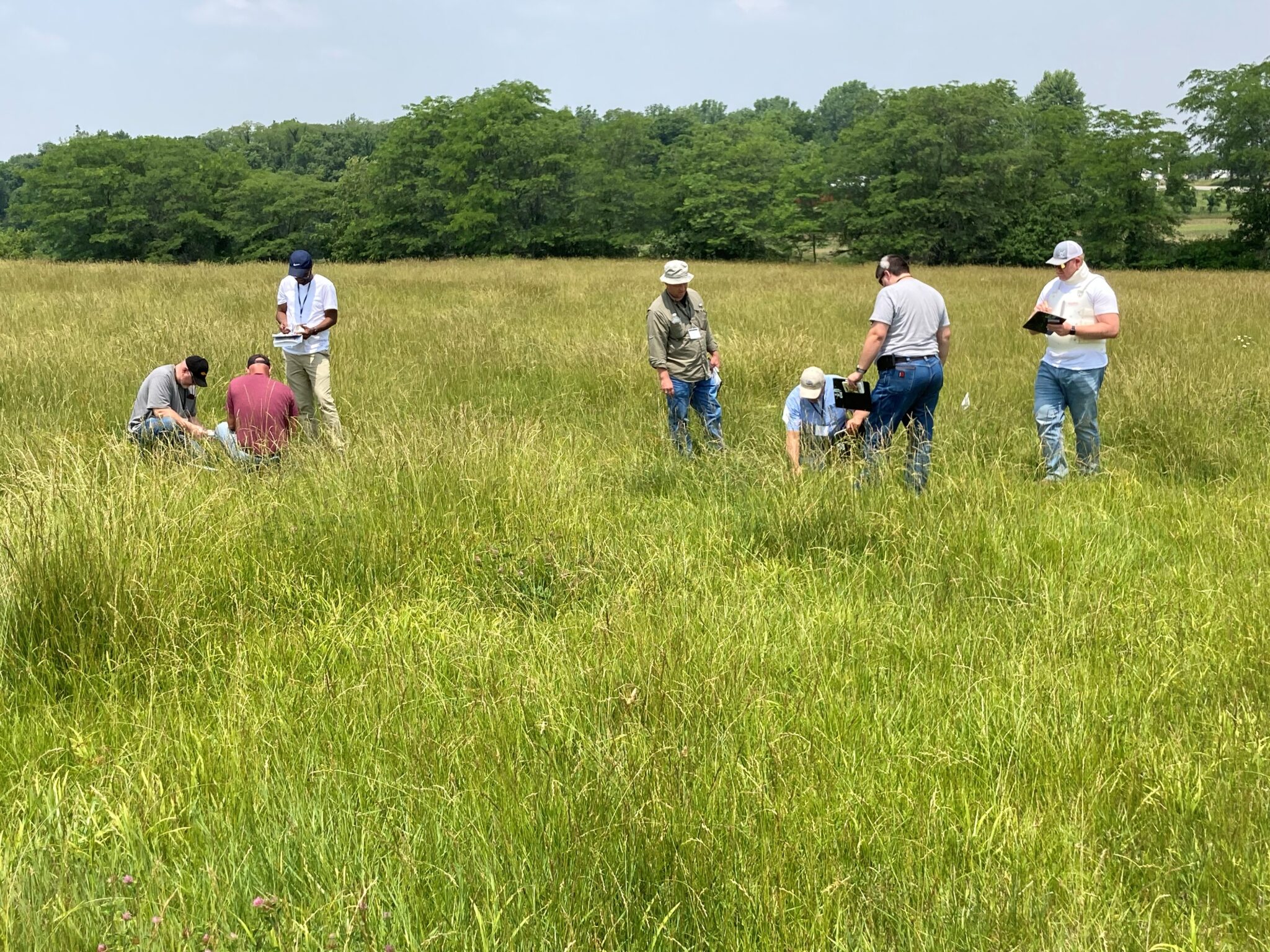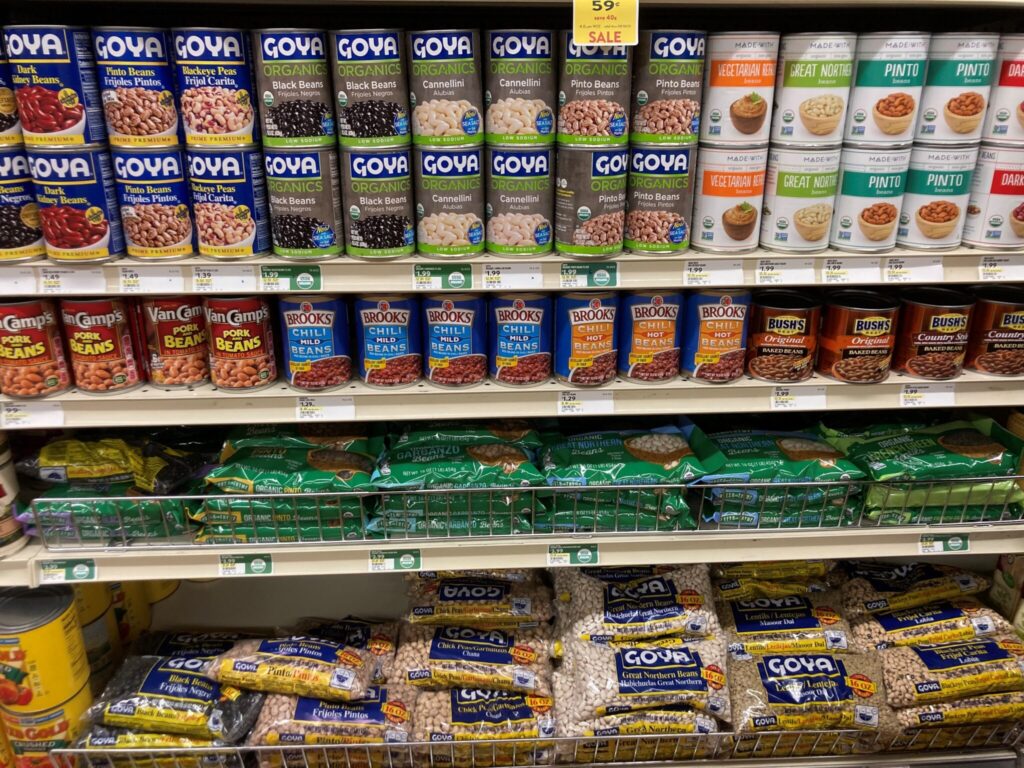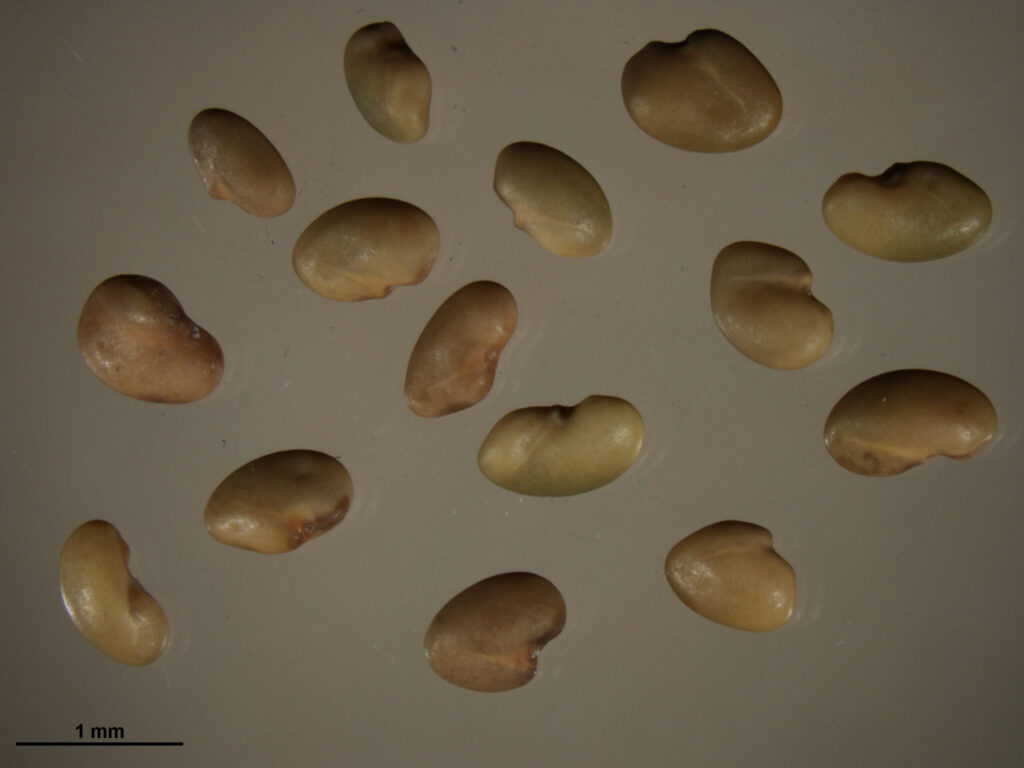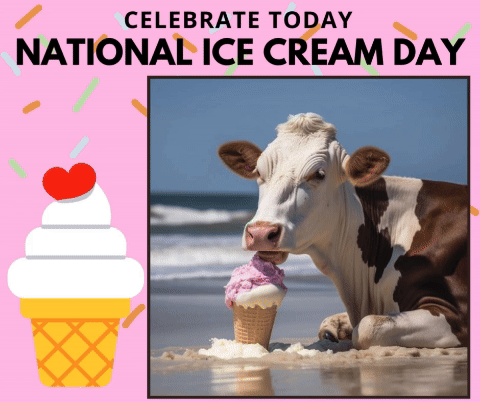
Want to learn more about forage production and utilization? Consider attending “Forage Management Day” that will be held at the Southern Indiana Purdue Agricultural Center.

Want to learn more about forage production and utilization? Consider attending “Forage Management Day” that will be held at the Southern Indiana Purdue Agricultural Center.

In several weeks, some livestock producers will be chopping whole-plant corn that will be placed in an anaerobic environment so fermentation can occur. During the ensiling process, toxic gasses of nitrogen dioxide (N02) and nitrogen tetroxide (N204) are produced when nitric oxide comes in contact with oxygen. Nitrates that have not been converted to true protein are the source of nitrogen oxides. Nitrates accumulate in plants when drought and/or when excess nitrogen is present in the soil. Nitric oxide is colorless and nitrogen dioxide is reddish brown. These gases have caused permanent lung damage in people; and have killed both livestock and humans. Greatest concern is the first few days after putting the chopped forage in the silo structure or bag. However, care should be taken for ten days after packing occurs. These silo gases float down a tower silo chute and into a barn or confined area. Whenever toxic[Read More…]

Diverse types of sorghum provide many opportunities for use as a valuable forage resource. Sudangrass and sorghum x sudangrass provide valuable grazing opportunities in the summer months; they can also be ensiled as traditional chopped silage and baleage. Forage sorghum is a good alternative to corn silage, particularly on droughty soils and where the tar spot fungus has been problematic on corn. A news release regarding the forage sorghum field day to be held on September 10 was prepared by Ashvini Malshe with Purdue Agricultural Communications follows. Please share the opportunity with others about the field day. WEST LAFAYETTE, Ind. – Purdue University Extension will host a Forage Sorghum Field Day on September 10 at the Feldun-Purdue Ag Center (FPAC) in Bedford, Indiana. “Compared to corn, forage sorghum has attributes of being more drought tolerant, has less nitrogen requirements and no host relationship with the tar spot pathogen,” said Keith[Read More…]

Many times, I get frustrated when I go to the grocery store. The task seems simple enough; purchase a can of beans. The problem for me as I stare up and down the bean shelf is there are too many darn bean choices. Some are no spice, low spice, medium spice, or hot spice. Some are white beans, red beans, black beans or brown beans. Beans are labeled by Company A through Company G. Some are higher price, moderate price or lower price. The beans are canned, in glass, or in a plastic bag. After complete evaluation, I make my decision on what bean type I am going to buy after too much valuable time has passed. Then, I need to move up the aisle and do the same thing with corn and carrots. Needless to say, but I will, “I don’t like to shop for groceries”. I hope you[Read More…]

To reach full potential of the forage part of the business, Mother Nature must comply with provision of excellent growing conditions, but the manager (you) must be part of a successful team with Mother Nature and professionals, too. Employing a proper soil fertility program, seeding at a proper time, using a correct seeding rate, and harvesting/grazing at the right growth stage are part of the decisions that need to be made. Crop scouting and following through with management decisions during the growing season are critical to success. But before all of the above can be done, deliberating what forage species and varieties within a forage species will be used to renovate an existing stand or establish a new hay or pasture field need to be done, too. The things I ultimately consider when seeding perennial forages are yield, quality and persistence. Summer-annual forages can’t survive winter temperatures, but potential yield[Read More…]

I was asked to come to a field in early April many years ago by a young producer. The producer and the seedsman that sold the alfalfa to the producer met me at the field. The cause of concern was that there was an expectation of green alfalfa growing after breaking winter dormancy in Mid-March. Instead, what was seen at my height of 5’ 10” was light brown soil; not a trace of green from anything was seen. I dropped to my knees and got my eyes within 12 inches of the soil surface. What I saw was what had been an outstanding stand of alfalfa seedlings, at least 24 dead alfalfa seedlings per square foot, no more than 1-inch in height that were the same color of the soil. I asked the producer when he seeded the field. He replied, “October 7”. The “Best Management Practice” would have been[Read More…]

Every year I hear complaints from producers about orchardgrass being stemmy when in a mixture with alfalfa or red clover and harvested as first-cutting hay.

Why bring up that Sunday is National Ice Cream Day? Because dairy cows are fed forage, corn and soybean feedstuffs (and more) to produce the milk that is turned into a delicacy that especially is satisfying on a hot July day.
The Purdue Crop Chat is a regular podcast from Hoosier Ag Today and the Purdue University Extension Service, featuring Purdue Extension soybean specialist Dr. Shaun Casteel and Extension Corn Specialist Dr. Dan Quinn.

Recent storms and heavy rainfall brought on by the remnants of Hurricane Beryl have crossed parts of Indiana this week and brought excessive winds which has resulted in corn being “flattened” from lodging in certain areas of the state.
© 2025 Purdue University | An equal access/equal opportunity university | Copyright Complaints | Maintained by Pest&Crop newsletter
If you have trouble accessing this page because of a disability, please contact Pest&Crop newsletter at luck@purdue.edu.